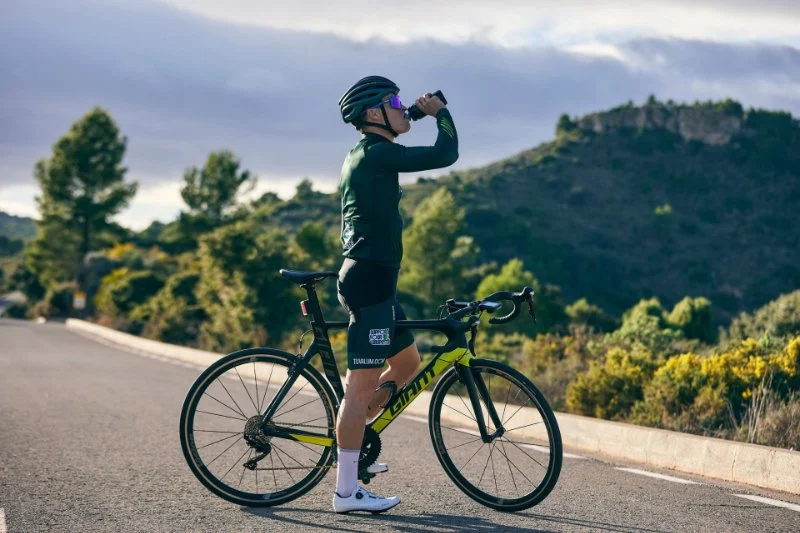
- 1 - Introduction to Road Cycling Nutrition
- 2 - Energy Gels: What You Need to Know
- 3 - Energy Bars: A Convenient Option for Cyclists
- 4 - The Importance of Electrolytes in Road Cycling
- 5 - Comparing Energy Gels, Bars, and Electrolytes
- 6 - Best Products for Cyclists: Recommendations
1 - Introduction to Road Cycling Nutrition
When it comes to road cycling, proper nutrition is key to maintaining energy levels, enhancing performance, and preventing fatigue. Whether you're preparing for a long-distance ride or just an afternoon of cycling, knowing how to fuel your body properly is crucial. In this article, we’ll focus on three major sources of cycling nutrition: energy gels, energy bars, and electrolytes. Each of these plays a significant role in your cycling nutrition strategy.
2 - Energy Gels: What You Need to Know
Energy gels are a popular choice for cyclists looking for a quick, easy-to-digest source of carbohydrates. These small, portable packets of energy are designed to be consumed during a ride to keep energy levels up without the need to stop for a meal.
2.1. Composition of Energy Gels
Energy gels primarily consist of simple carbohydrates, such as glucose or fructose, which are quickly absorbed by the body. Many gels also contain electrolytes like sodium and potassium to help maintain hydration levels and prevent muscle cramps during intense exertion.
2.2. Pros and Cons of Energy Gels
The primary advantage of energy gels is their convenience. They are easy to carry and consume while cycling, providing an immediate energy boost. However, some cyclists may find that gels cause stomach discomfort if consumed too quickly or in large quantities. It's important to experiment and find the right timing and dosage for your body.
3 - Energy Bars: A Convenient Option for Cyclists
Energy bars offer a more substantial option compared to gels, providing both carbohydrates and protein to fuel muscles and promote recovery. They are designed to be eaten before or during a ride to sustain energy and stave off hunger.
3.1. Composition of Energy Bars
Energy bars typically combine carbohydrates, protein, and fats, which help provide sustained energy throughout a ride. Many bars also include vitamins, minerals, and fiber to improve digestion and overall nutritional value.
3.2. Pros and Cons of Energy Bars
The key benefit of energy bars is that they provide a more balanced source of nutrition compared to gels. They can be more filling and offer longer-lasting energy. However, they may be harder to digest during intense exercise, and some riders prefer lighter options like gels during more strenuous rides.
4 - The Importance of Electrolytes in Road Cycling
Electrolytes, including sodium, potassium, magnesium, and calcium, play a crucial role in maintaining fluid balance and muscle function during exercise. Cyclists who ride for extended periods or in hot conditions must ensure they are replenishing electrolytes to avoid dehydration and muscle cramps.
4.1. Why Electrolytes Matter
When you sweat, you lose both fluids and electrolytes. This can lead to imbalances that cause dehydration, fatigue, and muscle cramping. By replenishing electrolytes, cyclists can prevent these issues and maintain performance.
4.2. How to Get Electrolytes
Electrolytes can be found in a variety of products, including electrolyte tablets, sports drinks, and some energy gels and bars. It's important to choose products with the right balance of electrolytes for your specific needs.
5 - Comparing Energy Gels, Bars, and Electrolytes
While energy gels, bars, and electrolytes all provide essential nutrients for cyclists, they each serve different purposes and can complement each other in a balanced cycling nutrition strategy.
5.1. Energy Gels vs. Energy Bars
Energy gels are great for quick bursts of energy, especially during high-intensity cycling, while energy bars provide more sustained energy over a longer period. For longer rides, a combination of both might be ideal. You can start with an energy bar for a steady energy release and use gels as needed for quick boosts.
5.2. Energy Gels vs. Electrolytes
Electrolytes are essential for hydration and muscle function, while energy gels provide quick carbohydrates for energy. Both are important for endurance rides, but it’s crucial to balance both sources to prevent dehydration and energy depletion.
5.3. Energy Bars vs. Electrolytes
While energy bars offer balanced nutrition, they may not provide enough electrolytes on their own for long rides. You may need to supplement with an electrolyte drink or tablets to ensure you’re staying hydrated and preventing cramps.
6 - Best Products for Cyclists: Recommendations
There are many products available for cyclists, and finding the right combination of energy gels, bars, and electrolytes can make all the difference in your performance. Here are some of the top products recommended by experts:
6.1. GU Energy Gels
GU Energy Gels are widely used by cyclists for their quick energy boost. They come in various flavors and include electrolytes for hydration, making them a go-to for many athletes.
6.2. Clif Bar Energy Bars
Clif Bars are a great option for cyclists who want a more substantial source of energy. Packed with protein, carbohydrates, and vitamins, they’re perfect for fueling up before or during a ride.
6.3. Nuun Electrolyte Tablets
For electrolyte replenishment, Nuun Electrolyte Tablets are a popular choice. They come in convenient tablet form and are designed to be mixed with water, offering a balanced dose of electrolytes without excess sugar.
For more great cycling nutrition products and tips, visit Cycling Guider for the best options tailored to your needs.



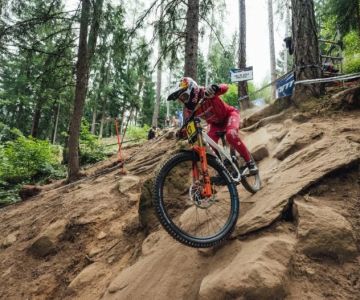
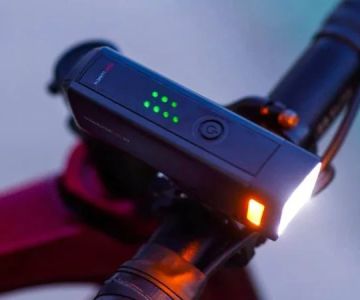


 Billet BMX5.0 (2 reviews)
Billet BMX5.0 (2 reviews)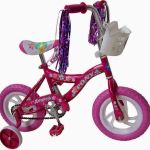 Far East Children Bicycle Factory1.0 (1 reviews)
Far East Children Bicycle Factory1.0 (1 reviews) Archer Motorsports, Inc.4.0 (8 reviews)
Archer Motorsports, Inc.4.0 (8 reviews) YEP Bike Works4.0 (55 reviews)
YEP Bike Works4.0 (55 reviews) Gorham Bike & Ski4.0 (498 reviews)
Gorham Bike & Ski4.0 (498 reviews)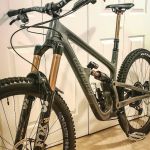 Alchemy Bikes4.0 (37 reviews)
Alchemy Bikes4.0 (37 reviews) How to Teach Kids to Ride a Bike: A Step-by-Step Guide for Parents
How to Teach Kids to Ride a Bike: A Step-by-Step Guide for Parents Tips for Riding on Busy City Streets: Smart Strategies for Urban Cyclists
Tips for Riding on Busy City Streets: Smart Strategies for Urban Cyclists Best US National Parks for Mountain Biking: Ride Epic Trails Across America
Best US National Parks for Mountain Biking: Ride Epic Trails Across America Best Aero Helmets for Time Trials and Racing
Best Aero Helmets for Time Trials and Racing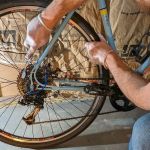 How to Clean and Lubricate Your Bike Chain Like a Pro
How to Clean and Lubricate Your Bike Chain Like a Pro 10 Must-Have Items for Long-Distance Cycling Trips
10 Must-Have Items for Long-Distance Cycling Trips